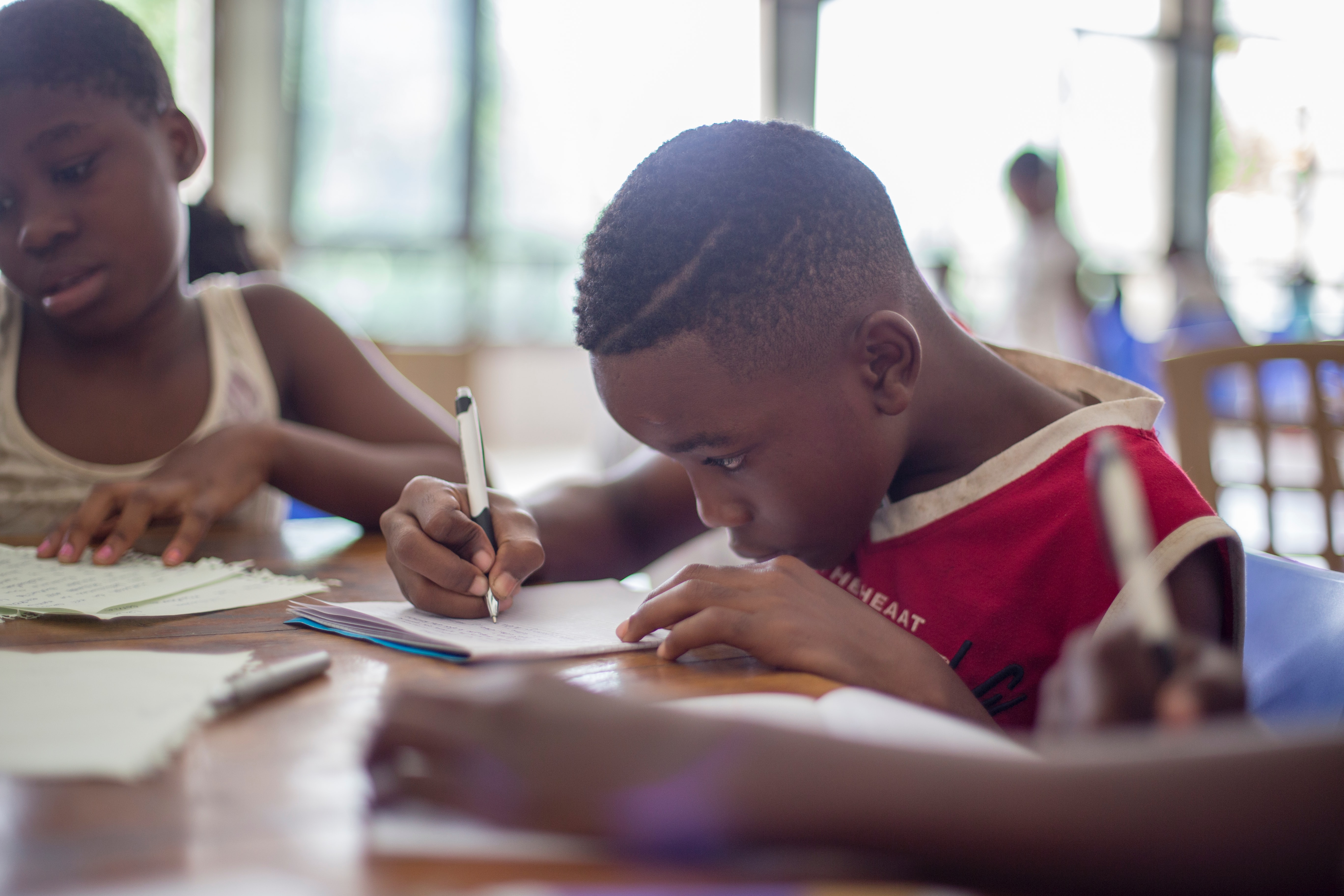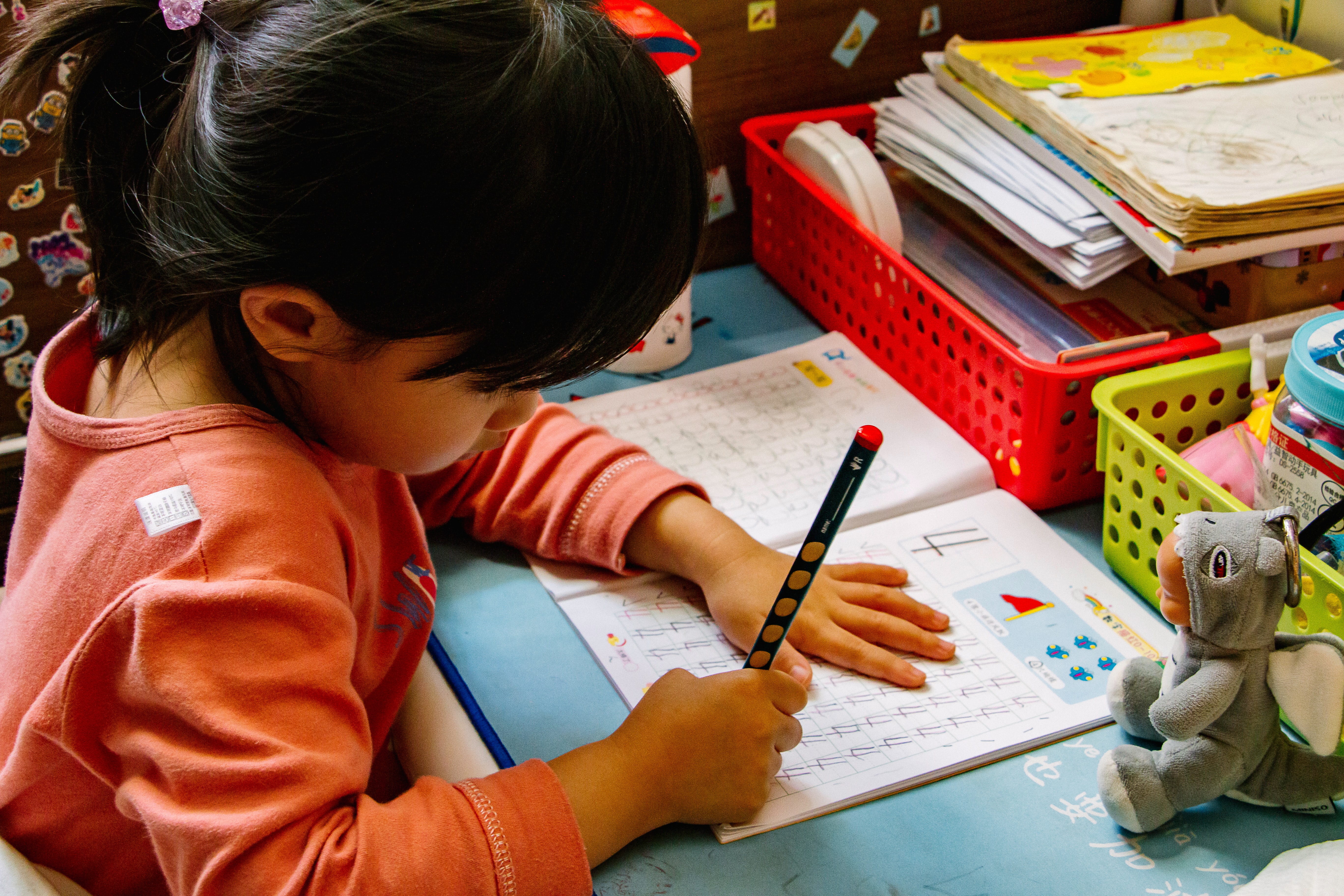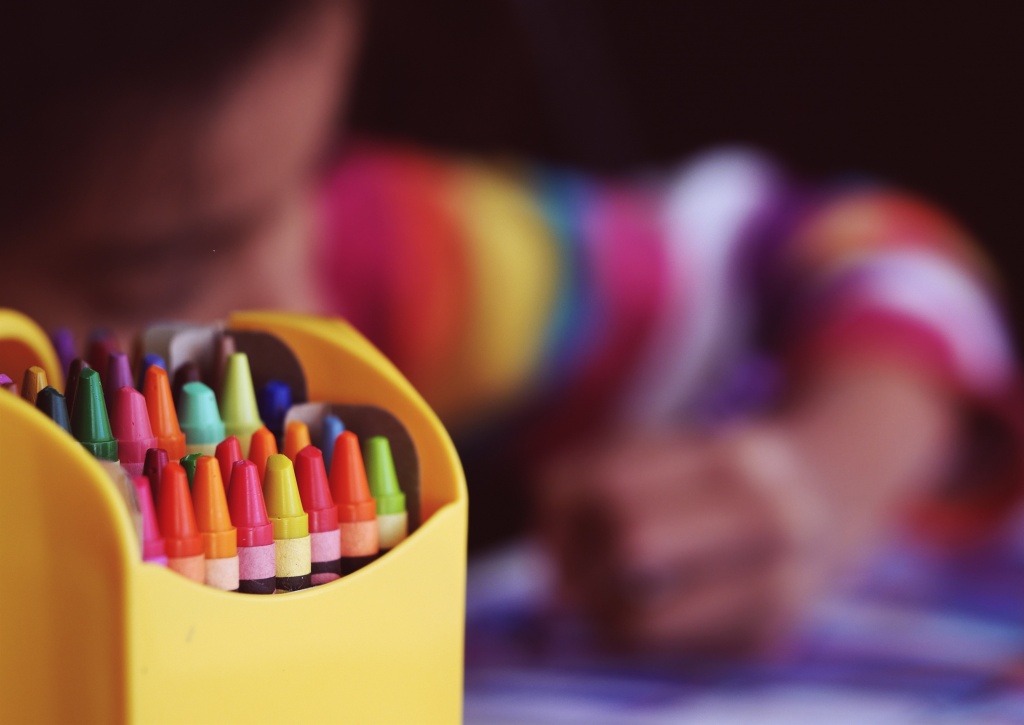
According to Dyslexia Canada, approximately 15-20% of the Canadian population has a language-based learning disability. This would equal 7.5 million Canadians living with Dyslexia or similar forms of learning disabilities. Unfortunately, educators and caretakers do not always understand how to best serve this population at home or in the classroom. Leaving much to be desired by those living with Dyslexia. It is important for us as health professionals, as well as those interacting with children with Dyslexia everyday, to recognize the potential behind the often overwhelming diagnosis. Along with that, it is important to become educated on how we can support them with everyday tasks in order for them to reach their fullest potential. Throughout this post, we will explore what a child with dyslexia feels like on a daily basis, how this affects the family dynamic, how dyslexia affects a child at school and how you can help a child with dyslexia in the classroom, at home, and in their walk through life.
Firstly, it is vital to understand what a child with Dyslexia is feeling on a daily basis. Being surrounded by, what is referred to as neurotypical children, for most of their day or even lives, children with Dyslexia can feel very aware of their perceived inferiority. Children with Dyslexia are often extremely aware of their surroundings which can cause this feeling of inferiority, but also makes them feel as though they are a burden to those around them. Even simple tasks like tying their shoelaces can make them feel abnormal or out of order, simply because other kids have picked up the skill more easily. Additionally, children with dyslexia often hate to fail and strive to be perfectionists, which makes being singled out as having ‘special needs’ especially hard.

Children with dyslexia tend to get stuck in a fighting stance as they constantly feel on edge because they want to defend themselves against possible harm. This can be verbal, emotional, or otherwise. Unfortunately, this feeling of being on edge, feeling ‘less-than’ and feeling like a burden to others, can spiral into something much more serious. “Attemoting suicide is not only a cry for help, but an admission that they are unable to cope and that suicide is the only option they see open to them. Suicide is not just seen by some as a means to rid themselves from this world, but to stop the burden that they are on their families and society.” (Alexander-Passe, 2012. p.40) This is why it is so important for us to recognize what children with dyslexia are going through on a daily basis, but also so that we can still encourage them to reach their goals and dreams, no matter how hard it may seem to get there. Having a learning disability can be devastating to families as they feel as though there is no real future for their child. However, being able to point out the amazing benefits of being neurodiverse can change the perspective of the person living with dyslexia and their families. Check out this article from the Harvard business review, talking about why neurodiversity is a competitive advantage in the workplace and beyond! https://hbr.org/2017/05/neurodiversity-as-a-competitive-advantage
So, how does this affect your family? Firstly, children with dyslexia are deeply reliant on their families. They need their families to make sense of their emotions, not just for themselves but also for people around them such as teachers, peers, and other relatives. As touched on previously, getting a diagnosis can feel detrimental and overwhelming to many family units. Mothers often feel as though something is wrong with them for not seeing their child’s difficulties earlier on since most children do not get diagnosed until they enter the education system. However, it is important to recognize that you are not losing your “dream child” or the child you had wished for them to become. Children with dyslexia do have the potential to become successful, it might just take a little bit longer or more hard work than originally thought.

Sometimes siblings may feel as though they are being treated as less important because of the mother’s attention being geared towards the child with learning difficulties. Siblings may even come to resent their sibling with dyslexia. Children need to know they are loved no matter what and that even though more time is being spent with one child, doesn’t mean the rest are any less important. Encourage siblings of a child with dyslexia to act as a role model and helper to the parent which does not just aid the parent in daily tasks, but also helps siblings spend more time with their parents.
Many parents, just like the child, can feel isolated and alone in this situation. This isolation, in turn, reinforces their feelings of shame and embarrassment. “Coming out” about the disability is important in order to deal with the negative emotions and to be able to access the help you and your child need. Sharing your story may also help you realize that you are not alone and that many families in Canada and across the world are having the same or very similar difficulties. Check out this video for a Mom’s story of parenting a child with dyslexia and how she kept having hope that her child can achieve everything they dreamed of. https://www.youtube.com/watch?v=yxLANhtYfqM
Being a child with dyslexia in a school system designed for the neurotypical child can be extremely challenging. Alexander-Passe (2012) summarized three coping mechanisms used by children with dyslexia in the classroom in order to cope with their surroundings. These categories are task-based, emotion-based, and avoidance-based.
Task-based coping mechanisms refer to the child being very persistent or stubborn in what they are doing. In a school setting, this may look like them needing to be better than those around them or being disappointed when he/she does not measure up to others’ expectations. Going back to an earlier point, this can be extremely frustrating for children with dyslexia since they often feel like they can measure up to those around them. Perfectionism is not uncommon, but often hard to achieve for those with dyslexia and leaves them feeling defeated or frustrated.

Emotion-based coping strategies include things like having a lack of confidence, self-blame, or aggressiveness. An example of this would be a child not knowing how to let others know what they are feeling and after bottling those feelings up for a long time, they receive some bad feedback from a teacher and just “snap”. They may throw a tantrum, throw things, or talk about themselves badly. This is where the family of the child can be helpful in identifying those hard to explain feelings. Often parents and siblings know the child the best and can help them understand where their feelings are coming from and how to deal with them appropriately.
Avoidance-based strategies are also very common in a classroom setting. An example of this would be for a child to act up during a class, only to get thrown out into the hall. This actually provides the child with a sense of relief that they no longer have to sit in class in fear of being called out as being stupid or lazy. Children with dyslexia will do almost anything to get away from the thing that caused them the most anxiety.
So, how can you help a child with dyslexia? The most important thing is to have realistic expectations of yourself and the child. Helping a child with dyslexia will not always be easy and might leave both of you frustrated at times. Remember to have patience and set realistic, achievable goals that can be reached in a reasonable amount of time. This will help the child deal with their perfectionism and awareness of how they are doing compared to others. It will make them feel accomplished and encourage them to keep working on their skills. It will also help the caretaker, teacher, or helper not become burnt out or become too frustrated because there is tangible process being made.
Secondly, using other methods, besides print, to learn information can prove to be very beneficial. This can be done through movies, voice recordings, group discussions, etc. It can be hard for children with dyslexia to put their ideas down on paper and may therefore have an easier time doing it verbally or visually. To ease anxiety around writing, technology or typing softwares can be used. ‘All the Right Type’ is a free typing program that includes fun ways of teaching children how to type on the computer. Softwares like this can be easily implemented at home to strengthen writing skills without the pressure of a classroom setting or other students to be compared to.
Repetition is key! Repeating is not only beneficial in the sense of rewriting the same words multiple times, but to be reiterated in different mediums. This can be done using videos, movies, or pictures to reinforce new words and ideas. This goes hand in hand with the previous point of using methods besides print to learn information.
Colours is another great way of aiding children with dyslexia understand and store information better. This can be done in many different ways in the classroom or at home. Some examples being: using coloured paper, using different coloured and sized fonts, using different colours to highlight important information in parts of a text, color coding different categories of information, etc. Colour is a great way to make information stand out and make things easier to understand.

Lastly, children with dyslexia often have a hard time being motivated. This is especially true for school work because of how much more difficult it is for them to complete a task. The following is a list of suggestions that teachers or parents can use to increase motivation:
10 Suggestions for Motivation (Lawrence, 2009)
- Encourage diversity in learning styles
- Offering the choice between different learning styles helps the child opt for the one they most prefer
- Encourage creativity
- Children with dyslexia are often highly creative, therefore creativity can be a great motivator
- Use small achievable steps to ensure success
- Working on small individual parts than a whole project all at once, helps the child feel accomplished and can motivate them to keep going
- It helps to talk over the topic beforehand which helps the child identify the smaller parts
- Provide feedback about the child’s own personal progress
- Progress should be individualized rather then generalized for the whole class/peers
- Personal goals can also be identified more easily
- The child needs to believe in his/her own abilities
- Do not assume that someone feels successful or able to complete a task. Continuous positive feedback helps to encourage the child and reminds them that they can achieve their goal(s).
- Acknowledge the individual style of each child
- Knowing what their own learning style is can help the child be more independent and take responsibility for their own learning at home and at school
- Use group work
- Children, especially those with dyslexia, often thrive in groups as it gives them an opportunity to share their ideas verbally and collaborate with others.
- Encourage self-assessment
- This also helps the child take responsibility of their own learning
- Develop responsibility
- This can help the child move from extrinsic to intrinsic motivation. They can rely less on others and more on their own ideas and knowledge
- Focus on the child’s learning, as well as how they are being taught
- It is important for the teacher/helper/parent to understand how the child learns best and what sort of strategies they use to complete a task.
- It is easy for children with dyslexia to be discouraged and therefore lose interest in their learning. It is vital to recognize the need to continuously boost their self-esteem and confidence.
Caring for a child with dyslexia can seem overwhelming. It is important to understand that although a learning disability such as dyslexia can be challenging, it is not the end for the child or your own dreams and expectations. Setting realistic goals, being aware of how the child feels, and understanding what you can do to make their life easier and more successful is vital in order to stay positive and hopeful about the future. Having discussions with those closest to the child can help them understand the feelings he/she is trying to express and shows them how they can help the child in different situations without growing frustrated or judgemental. Every child just wants to feel loved and valued in who they are. Showing them every day how much they have achieved, what they can achieve in the future, and how loved they are, can make all the difference.
Contact Inspire Community Outreach for worksheets you can do with your child/student or for more information on helping a child with dyslexia.
Written by: Emily Guenter, Human Ecology Student, Social Service Assistant

